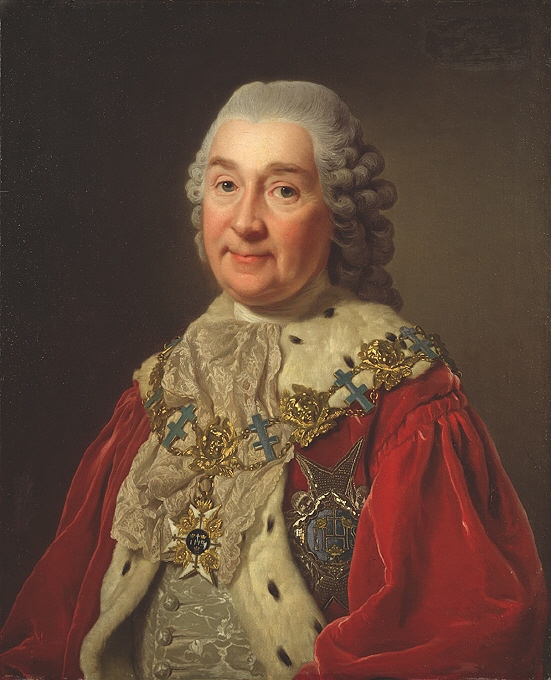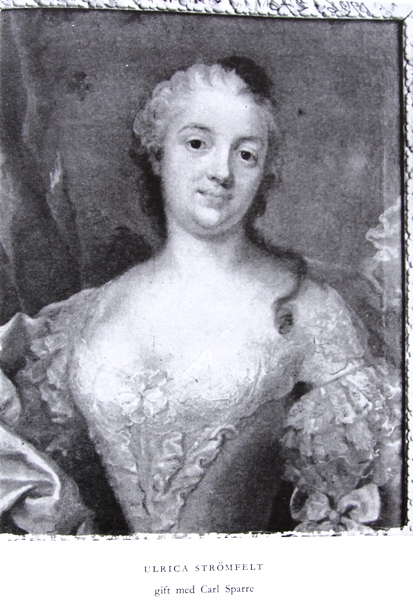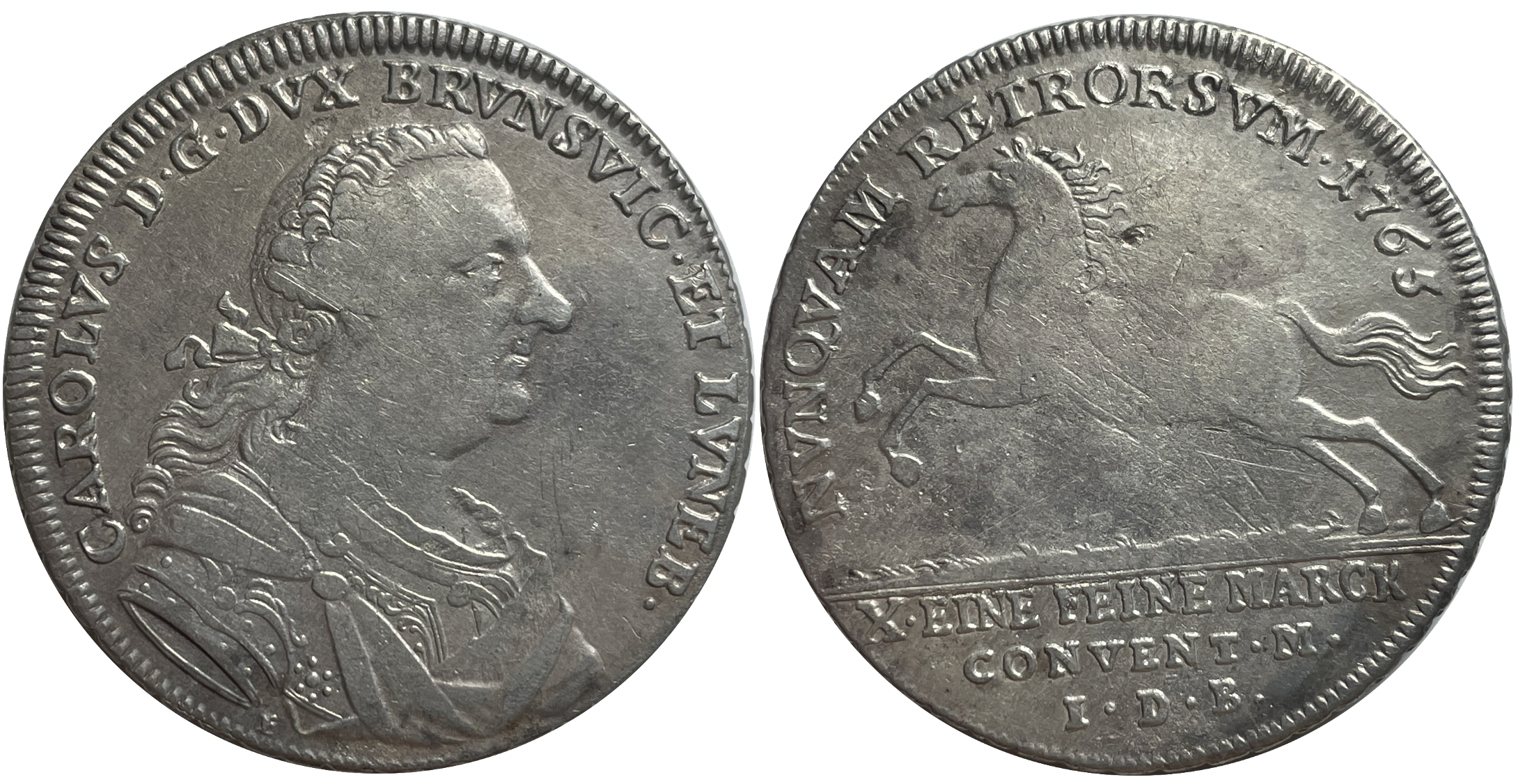|
Coup Of 1756
The Coup of 1756 ( sv, Kuppen 1756) was an attempted coup d'état planned by Queen Louisa Ulrika of Sweden to abolish the rule of the Riksdag of the Estates and reinstate absolute monarchy in Sweden. The attempted coup was exposed and subdued in 1756 shortly before it was due to be put in action. It caused a rift between the royal house and the parliament. Background Since coming to Sweden after her marriage to Prince Adolf Frederick in 1744, Louisa Ulrika was displeased with the parliamentary system practiced in Sweden through the Instrument of Government, and wished to reinstate the system of absolute monarchy. After the accession to the throne of her spouse in 1751, she gathered a group consisting of supporters of absolute monarchy called ''Hovpartiet'', consisting of Carl Gustaf Löwenhielm, Adam Horn, Nils Adam Bielke, Erik Brahe, Magnus Stålsvärd, Eric Wrangel and Gustaf Jacob Horn. Already in 1751, the queen planned a coup d'état, but it had never been set in action ... [...More Info...] [...Related Items...] OR: [Wikipedia] [Google] [Baidu] |
Louisa Ulrika Of Prussia Brander
Louisa may refer to: Places ;Australia * Louisa Island (Tasmania) ;Canada * Louisa or Lac-Louisa, a community in Wentworth, Quebec ;Malaysia * Louisa Reef, Sabah ;United States * Louisa, Kentucky * Louisa, Missouri * Louisa, Virginia * Louisa County, Iowa * Louisa County, Virginia ;Belgium * Louisa - Square in Brussels and metro station, next to Palace de Justice, see Avenue Louise Other * HMS Louisa, HMS ''Louisa'', the name of four ships of the Royal Navy * Louisa (ship), ''Louisa'' (ship), United States ship of the 1800s * Louisa (film), ''Louisa'' (film), 1950 film starring Ronald Reagan People with the given name *Louise of Great Britain, Louisa of Great Britain (1749–1768) *Louisa, Countess of Craven, originally Louisa Brunton (1785?–1860), English actress *Louisa (singer) (born Louisa Johnson, 1998), English singer *Louisa Adams (1775–1852), First Lady of the United States from 1825 to 1829 *Louisa May Alcott (1832–1888), American novelist, short story writer a ... [...More Info...] [...Related Items...] OR: [Wikipedia] [Google] [Baidu] |
Carl Fredrik Scheffer
Carl Fredrik Scheffer (28 April 1715 – 27 August 1786) was a Swedish count, diplomat, privy counsellor, politician and writer. He was a Knight of the Royal Order of the Seraphim, and a Commander of the Order of the Polar Star. Life Scheffer's father Peter Scheffer was a governor. His mother was Helena Maria Ehrenstierna. He had a younger brother called Ulrik Scheffer. When he was sixteen, Carl began working in the royal office as an unpaid employee. Within a year he had begun to record the minutes of the councilors' meetings. He then left his job to travel and spent four years abroad. After returning, he became a member of the Hats party and won a seat in the Riksdag in 1738. Scheffer was elected a member of the Swedish Academy The Swedish Academy ( sv, Svenska Akademien), founded in 1786 by King Gustav III of Sweden, Gustav III, is one of the Swedish Royal Academies, Royal Academies of Sweden. Its 18 members, who are elected for life, comprise the highest Swedish lang ...; ... [...More Info...] [...Related Items...] OR: [Wikipedia] [Google] [Baidu] |
Ulrika Strömfelt
Ulrika Eleonora Strömfelt (1724–5 April 1780), was a politically active Swedish noble and courtier. She is known for her part in the attempted Coup d'état of queen Louisa Ulrika in 1756. Life Ulrika Strömfelt was the daughter of riksråd count Johan Carl Strömfelt and the ''överhovmästarinna'' and royal governess Hedvig Elisabet Wrangel. In 1739, she became '' hovfröken'' (maid of honor) to Ulrika Eleonora, Queen of Sweden. In 1744, she was made maid of honor to the new crown princess, Louisa Ulrika of Prussia. She and her sister Agneta Strömfelt belonged to the first circle of courtiers appointed to Louisa Ulrika after her arrival in Sweden together with Cathérine Charlotte De la Gardie, Henrika Juliana von Liewen and Charlotta Sparre. In 1748, she was promoted to the position of '' kammarfröken'' (Chief Maid of honor) after Henrika Juliana von Liewen departure from court. She was apparently well liked by Louisa Ulrika, and was often given the task to read ... [...More Info...] [...Related Items...] OR: [Wikipedia] [Google] [Baidu] |
Johan August Meijerfeldt The Younger
Count Johan August Meijerfeldt (4 May 1725–21 April 1800) was a Swedish field marshal. To distinguish him from his father, Johan August Meijerfeldt the Elder, he is generally referred to as Johan August Meijerfeldt the Younger. He pursued a military career both outside Sweden, and as an officer in Swedish service in the Pomeranian War and the Russo-Swedish War. Towards the end of the latter war, he was given command of all Swedish land forces in Finland, and promoted to field marshal at the end of the war. He was married to Louise Meijerfeldt. Biography The Meijerfeldt family came from Livonia. Johan August Meijerfeldt the Younger was born in Stralsund in Swedish Pomerania on 4 May 1725. He began a military career early in life. In 1737 he was already serving in a regiment in his hometown. In 1744 he was promoted to the rank of captain, and the following year received royal permission to leave the country to fight in the War of the Austrian Succession on the side of Austria, fir ... [...More Info...] [...Related Items...] OR: [Wikipedia] [Google] [Baidu] |
Charles I, Duke Of Brunswick-Wolfenbüttel
Charles (German: ''Karl''; 1 August 1713, Braunschweig – 26 March 1780, Braunschweig), Duke of Brunswick-Lüneburg (Bevern line), reigned as Prince of Brunswick-Wolfenbüttel from 1735 until his death. Life Charles was the eldest son of Ferdinand Albert II, Duke of Brunswick-Wolfenbüttel. He fought under Prince Eugene of Savoy against the Ottoman Empire before inheriting the Principality of Brunswick-Wolfenbüttel from his father in 1735. Through his mother he was first cousins with Empress Maria Theresa On the suggestion of his court-preacher, Johann Friedrich Wilhelm Jerusalem, in 1745 he founded the '' Collegium Carolinum'', an institute of higher education which is today known as the Technical University of Brunswick. He also hired Gotthold Ephraim Lessing as the librarian for the ''Bibliotheca Augusta'', the ducal library. Lorenz Heister of the University of Helmstedt named the botanical genus ''Brunsvigia'' in his honour, in recognition of his encouragement ... [...More Info...] [...Related Items...] OR: [Wikipedia] [Google] [Baidu] |
Ducat
The ducat () coin was used as a trade coin in Europe from the later Middle Ages from the 13th to 19th centuries. Its most familiar version, the gold ducat or sequin containing around of 98.6% fine gold, originated in Venice in 1284 and gained wide international acceptance over the centuries. Similarly named silver ducatons also existed. The gold ducat circulated along with the Florentine florin and preceded the modern British pound sterling and the United States dollar. Predecessors The word ''ducat'' is from Medieval Latin ''ducalis'' = "relating to a duke (or dukedom)", and initially meant "duke's coin" or a "duchy's coin". The first issue of scyphate billon coins modelled on Byzantine ''trachea'' was made by King Roger II of Sicily as part of the Assizes of Ariano (1140). It was to be a valid issue for the whole kingdom. The first issue bears the figure of Christ and the Latin inscription ''Sit tibi, Christe, datus, quem tu regis iste ducatus'' (meaning "O Christ, let thi ... [...More Info...] [...Related Items...] OR: [Wikipedia] [Google] [Baidu] |
Prince Augustus William Of Prussia
Prince Augustus William of Prussia (german: August Wilhelm; 9 August 1722 – 12 June 1758) was a son of King Frederick William I of Prussia and a younger brother and general of King Frederick II (Frederick the Great). Augustus was the second surviving son of Frederick William I and Sophia Dorothea. His older siblings included Wilhelmina (later Margravine of Bayreuth), Frederick II (later King of Prussia), Friedrike Louise (later Margravine of Ansbach) and Louisa Ulrika (later Queen consort of Sweden). Augustus was favored by his father over Frederick and popular at the Prussian court. When his brother Frederick became king in 1740, Augustus became heir presumptive and moved into Fredrick's former residence, the Crown Prince's Palace in Berlin. When his older sister Louisa Ulrika married the King of Sweden in 1744, she founded the Ordre de l'Harmonie, of which Augustus was one of the first recipients. Augustus served his brother as a general in the War of the Austrian Succ ... [...More Info...] [...Related Items...] OR: [Wikipedia] [Google] [Baidu] |
Johan Puke
Johan Puke (October 20, 1726, Klinte, Gotland – July 23,1756), was a Swedish officer. He was executed for treason as one of the conspirators participating in the failed coup d'etat of queen Louisa Ulrika, the Coup of 1756. Johan Puke was the father of Johan af Puke, a Swedish naval officer who participated in the Russo-Swedish War (1788–1790) The Russo-Swedish War of 1788–1790 was fought between Sweden and Russia from June 1788 to August 1790. The war was ended by the Treaty of Värälä on 14 August 1790 and took place concomitantly with both the Austro-Turkish War (1788–1791) .... In 1744 he became a Sargent in the artillery. References * Stålsvärd (Ståhlsverd), Magnus i Nordisk familjebok (andra upplagan, 1918) {{DEFAULTSORT:Puke, Johan 1726 births 1756 deaths Executed Swedish people People executed by Sweden by decapitation 18th-century Swedish military personnel 18th-century executions by Sweden People executed for treason against Sweden Age of L ... [...More Info...] [...Related Items...] OR: [Wikipedia] [Google] [Baidu] |
Prince Augustus Ferdinand Of Prussia
en, Augustus Ferdinand , house =House of Hohenzollern , father =Frederick William I of Prussia , mother =Sophia Dorothea of Hanover , birth_date = , birth_place =Berlin, Kingdom of Prussia , death_date = , death_place =Berlin, Kingdom of Prussia } Prince Augustus Ferdinand of Prussia (german: August Ferdinand; 23 May 1730 – 2 May 1813) was a Prussian prince and general, as well as ''Herrenmeister'' ("Master of the Knights") of the Bailiwick of Brandenburg of the Order of Saint John. He belonged to the House of Hohenzollern, and was the youngest son of Frederick William I of Prussia by his wife, Queen Sophia Dorothea. Family He was the youngest child of King Frederick William I of Prussia and his wife Sophia Dorothea of Hanover. He was also a younger brother of King Frederick the Great (Frederick II of Prussia), Queen Louisa Ulrika of Sweden, and Wilhelmine Margravine of Brandenburg-Bayreuth. Already at the age of 5, he joined the Infantry regiment „Kronprinz� ... [...More Info...] [...Related Items...] OR: [Wikipedia] [Google] [Baidu] |
Svea Life Guards
The Svea Life Guards ( sv, Svea livgarde), also I 1, was a Swedish Army infantry regiment that was active in various forms 1521–2000. The unit was based in the Stockholm Garrison in Stockholm and belonged to the King's Life and Household Troops (''Kungl. Maj:ts Liv- och Hustrupper'') until 1974. History 1500s–1900s Svea Life Guards, the Swedish Army's first guard infantry regiment, originated from the Trabant Corps that surrounded the first Vasa Kings and is said to have been formed in 1526. The Trabant Corps seems to have, at least in part, been included in the enlisted regiment established in 1613, which consisted mostly of Germans, which under the names of the King's Life and Court Regiment (''Konungens liv- och hovregemente''), the Yellow Regiment (''Gula regementet'') and the Yellow Brigade (''Gula brigaden'') participated in Gustavus Adolphus' campaign in Germany. The regiment's first two companies formed the king's lifeguard and consisted mostly of Swedes. The 60 s ... [...More Info...] [...Related Items...] OR: [Wikipedia] [Google] [Baidu] |
Uppland
Uppland () is a historical province or ' on the eastern coast of Sweden, just north of Stockholm, the capital. It borders Södermanland, Västmanland and Gästrikland. It is also bounded by lake Mälaren and the Baltic Sea. On the small uninhabited island of Märket in the Baltic, Uppland has a very short and unusually shaped land border with Åland, an autonomous province of Finland. The name literally means ''up land'', a name which is commonly encountered in especially older English literature as ''Upland''. Its Latinised form, which is occasionally used, is ''Uplandia''. Uppland is famous for having the highest concentration of runestones in the world, with as many as 1,196 inscriptions in stone left by the Vikings. Administration The traditional provinces of Sweden serve no administrative or political purposes, but are historical and cultural entities. The corresponding administrative county, or ', is Uppsala County, which occupies the larger part of the territory. The b ... [...More Info...] [...Related Items...] OR: [Wikipedia] [Google] [Baidu] |
Värmland
Värmland () also known as Wermeland, is a '' landskap'' (historical province) in west-central Sweden. It borders Västergötland, Dalsland, Dalarna, Västmanland, and Närke, and is bounded by Norway in the west. Latin name versions are ''Varmelandia'', ''Vermelandia'', ''Wermelandia'', ''Værmalandia'', ''Værmolandia'', ''Virmolandia'' and ''Vermillandia''. Some of the Latinised forms show the origin of the name to come from the large local lake by the name of (from older ''*Virmil''); others from the river name ''*Værma'', the main outlet of that lake. The province was originally part of Götaland, and became part of Svealand in 1815. Geography The largest lake is Vänern. Most streams of importance lead to Vänern. However, the province is rich in small lakes, ponds and streams. The scenery, with mountains and lakes, is usually regarded as picturesque and has inspired painters and writers. Western Värmland There are several mountain plateaus in the western part of V ... [...More Info...] [...Related Items...] OR: [Wikipedia] [Google] [Baidu] |






